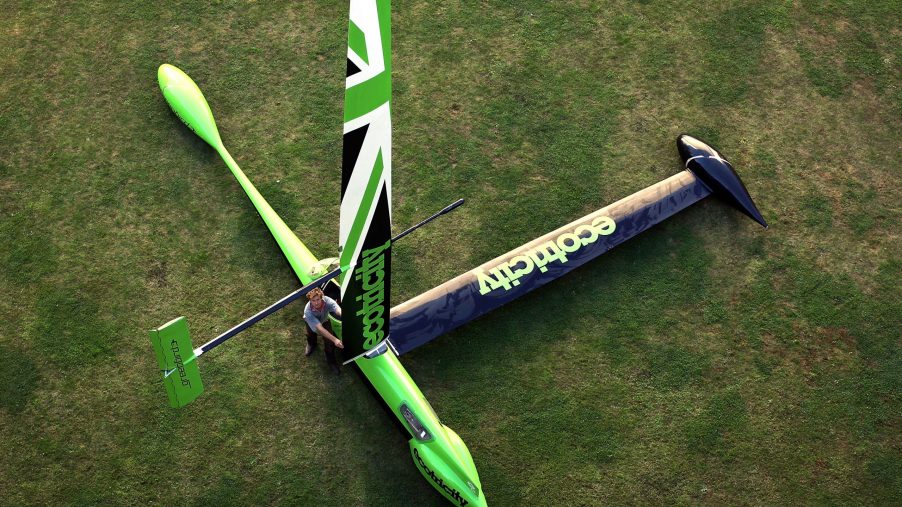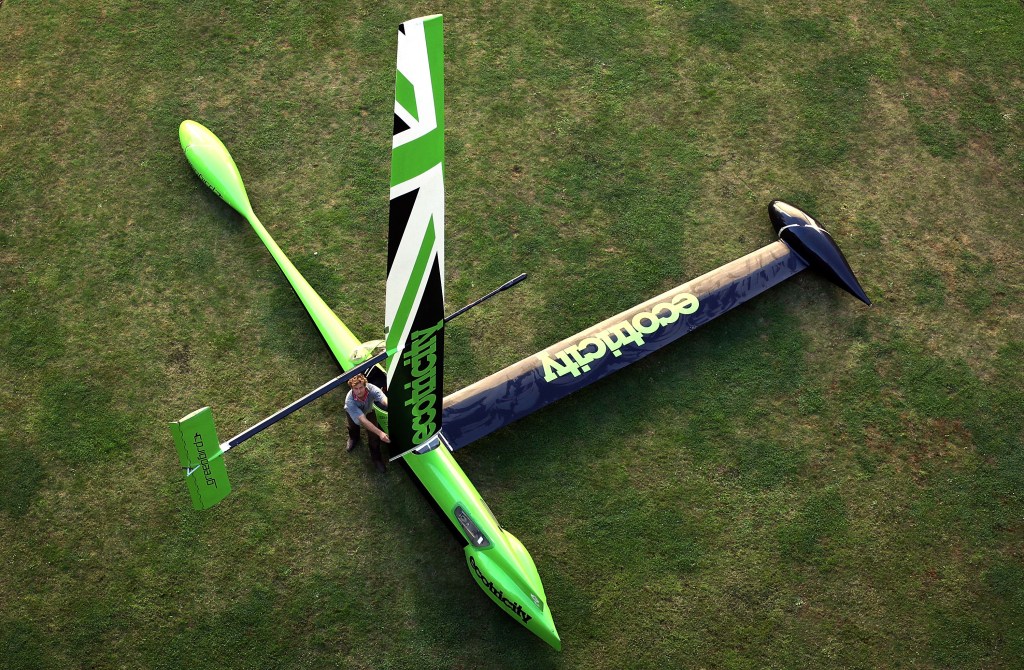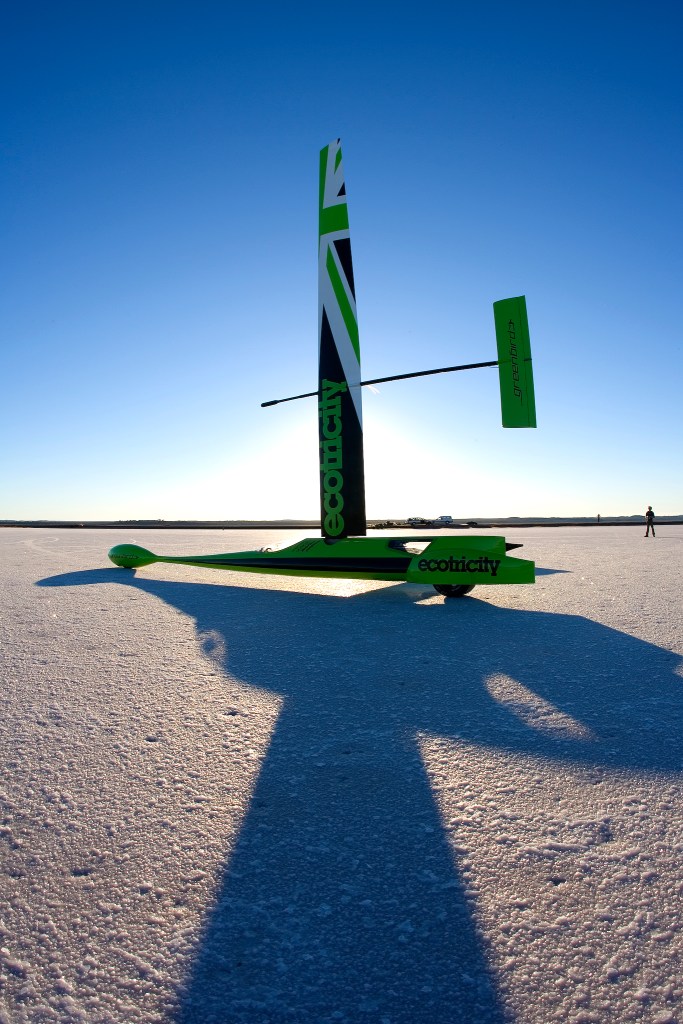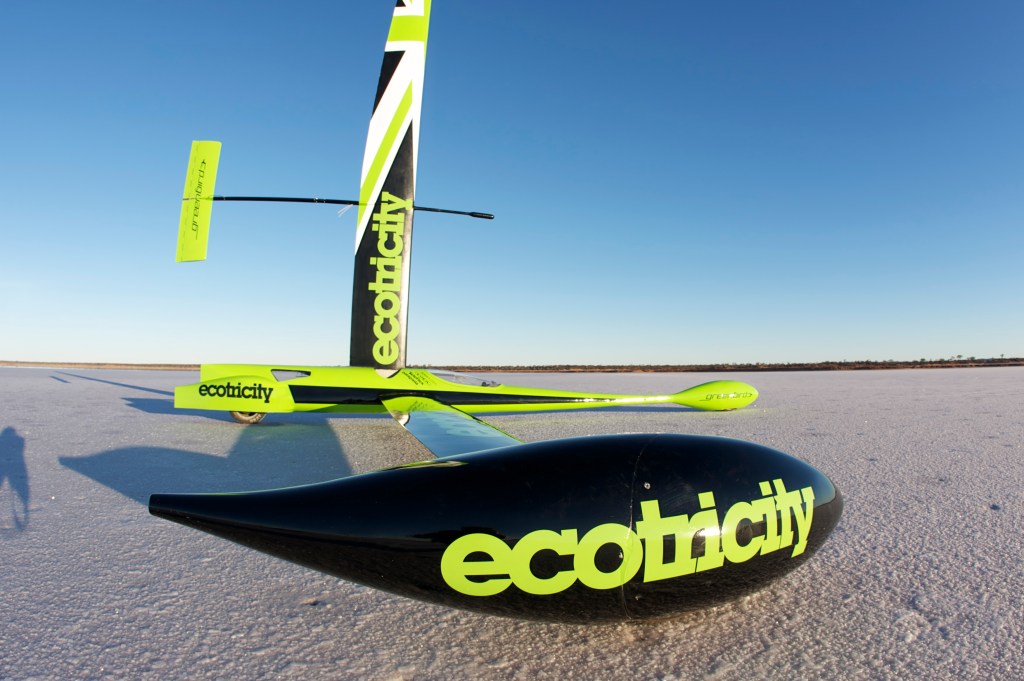
The Wind-Powered Greenbird Sets Blistering Speed Records
The British-engineered Greenbird land yacht is the fastest wind-powered vehicle on earth. It’s a feat of engineering which highlights the role that air plays in all high-speed cars. What can vehicles like the Greenbird teach us about high-speed performance vehicles?

RELATED: The OceanBird: This Giant Futuristic Sail Boat Will Blow Your Mind
The Greenbird set the record for fastest wind-powered vehicle
Land sailing events are often the stage for land speed records. On March 26, 2009, the Greenbird launched across the dry lakebed at Ivanpah, California. The previous record had been 90 mph. With perfect weather conditions working in its favor, the Greenbird screeched to 126 mph. The previous record was crushed by more than 30 miles per hour.
How does the Greenbird move so fast?
The Greenbird and other land sailing vehicles rely on ultra-light-weight materials and perfectly honed aerodynamics. Air-powered vehicles need to be carefully designed to work with the air, not against it. The slopes and angles of each surface of a car can change the amount of drag it causes.

The Greenbird design team also added a balanced outrigger to provide downforce. This helps keep the vehicle to the ground. The outrigger also improves handling and increases the safety of the vehicle.
Every material was carefully chosen to balance weight and performance perfectly. Land sailing vehicles need to be as lightweight as possible. The Greenbird is made of layered carbon fiber for strength without bulk. The only metal used in the vehicle is found in wheel and steering bearings. The Greenbird fights against physics less which allows it to move very fast with little energy use.
The wind-powered record-breaker for distance

Another wind-powered vehicle set the record for the greatest distance traveled overland. The Wind Explorer is a lightweight electric passenger vehicle. An onboard wind turbine charges the Wind Explorer overnight. Two men used this technology and a kite to power the cutting-edge car across the continent of Australia.
What car manufacturers can learn from the Greenbird and Wind Explorer
The automotive industry is rapidly evolving. Automakers are moving away from fuel-guzzling engines to renewable options. Even automakers dedicated to power and performance are carefully fine-tuning the aerodynamics of their cars.
Legendary performance brand Porsche has been carving extra speed and power out of better aerodynamics for years. Producing lighter, faster vehicles is the new focus. Torque is no longer the measure of a performance vehicle. Porsche has dedicated 20% of its development budget to pulling more power from its engines. The other 80% is designated for improving efficiency.
Tesla is well known for using unconventional materials in its cars. The Cybertruck, for example, has a compressed paper dashboard. Switching to light materials is a trend that will continue to grow and become commonplace. The future of speed is lighter weight and better aerodynamics, not increased power. The most efficiently used energy is the energy you never spend.


